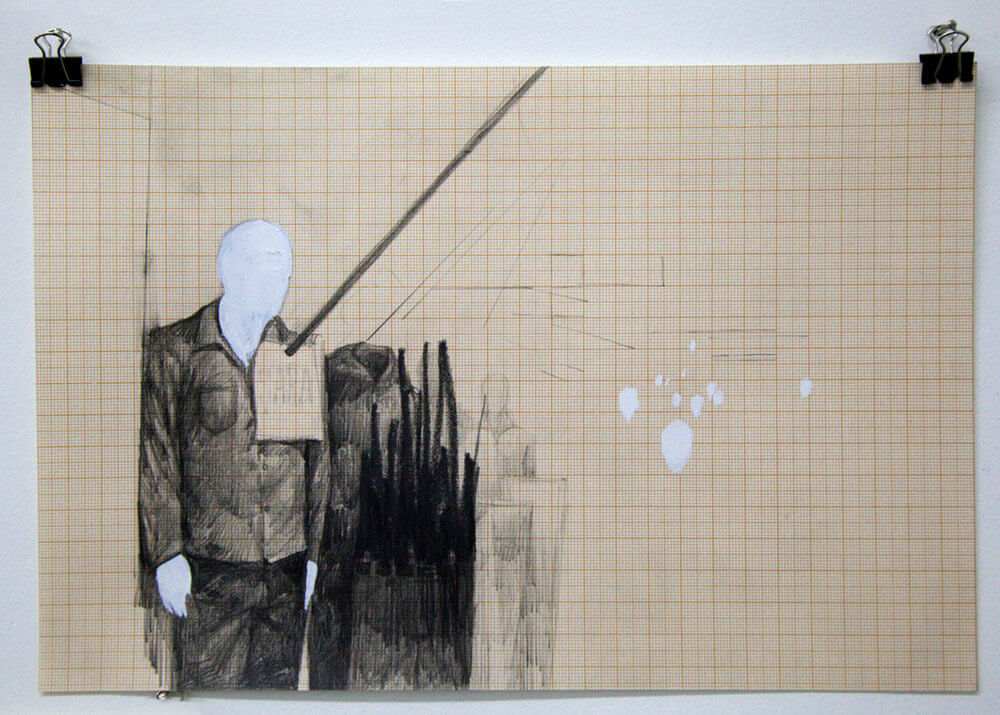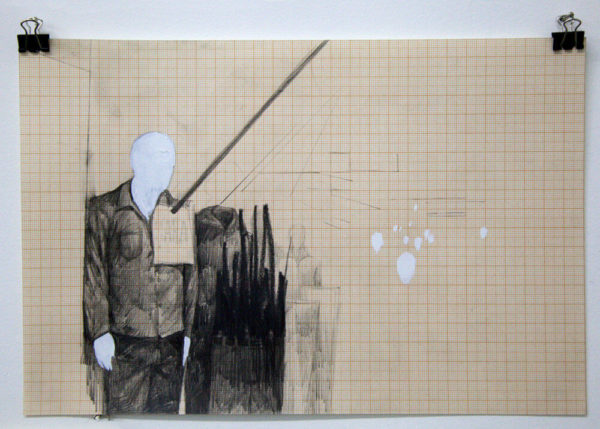


Aproximações, Distanciamentos
[Approximations, Distances]

The existence of approximations between artistic paths has always been a recurrent subject. Especially because it was these confluences that undoubtedly made possible the emergence and consequent articulation of specific themes detected by curators and artists grouped in increasingly well-defined circles of thought in the recent context of Brazilian contemporary art.
So much so that, in 2011, at the exhibition “Caos e Efeito”, which took place at Itaú Cultural, some of these themes were presented as artistic concerns that will possibly permeate the entire decade we are in.
What perhaps hasn’t been much explored, yet, is the disconcerting fact that in contemporary art different artistic paths undergo osmosis at the same instant that they repel each other in diametrically opposite directions.
We can more easily accept this strange fact if we make an analogy with the new science in the field of quantum physics. It’s as if Schrodinger’s half-dead, half-alive cat paradox is easier to understand in the shadow of other paradoxes that have happened naturally under our noses in the field of art.
It is this coexistence between approaches and distances that this exhibition intends to address, even if only by a modest cut in the production of artists at the beginning of their careers.
Fabíola Chiminazzo and Luiz Menezes, for example, approach each other through their use of language. However, they do it in totally different ways. Chiminazzo, on the one hand, appropriates words and signs typical of documents. The artist subverts them to build a kind of poetic code that suggests reflections on the bureaucratic system in which we live. The language that Menezes appropriates is not that established by the cultural norm, but rather the marginalized language of urban pixadores. In it, symbols that are totally hermetic to the rest of society create communication confined to a ghetto. By transforming this language into a work of art, would the artist be emphasizing this isolation or trying to reconcile what is on the margins with what is at the center?
Another duo that we can approach and then separate are the artists Victor Leguy and Farago. Both have their eyes drawn to cities, or rather, to the way in which our ability to perceive them is hampered by the chaos reigning in them. But, while Farago’s interest is in apprehending what may be permanent, Leguy goes in the opposite direction, in an attempt to rescue, through the recording of drawing, the elusive memory of cities in constant mutation. Unlike Farago, it is the impermanence of things that interests him. More precisely, the impermanence caused by the repeated destruction and reconstruction of cities plunged into conflict.
We can also draw parallels and simultaneous distances between Farago and Tchelo, two artists whose images are based on line. However, the line of one is drawn from a pre-existing structure in reality, while the line of the other builds its own structure through accumulation and repetition. In Farago’s work, the contours of buildings and bridges are the starting point for tackling an unusual geometry, rarely detected by the gaze we normally cast on the streets every day. In Tchelo’s work, the lines point to a tension between the body and the drawing, stressing the relationship between doing and the image. On the one hand, the line is mental. On the other hand, it is matter. Not by chance, a quantum duality par excellence.
Fábio Leão. May 2013.